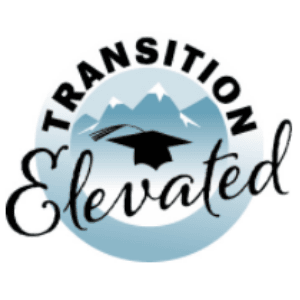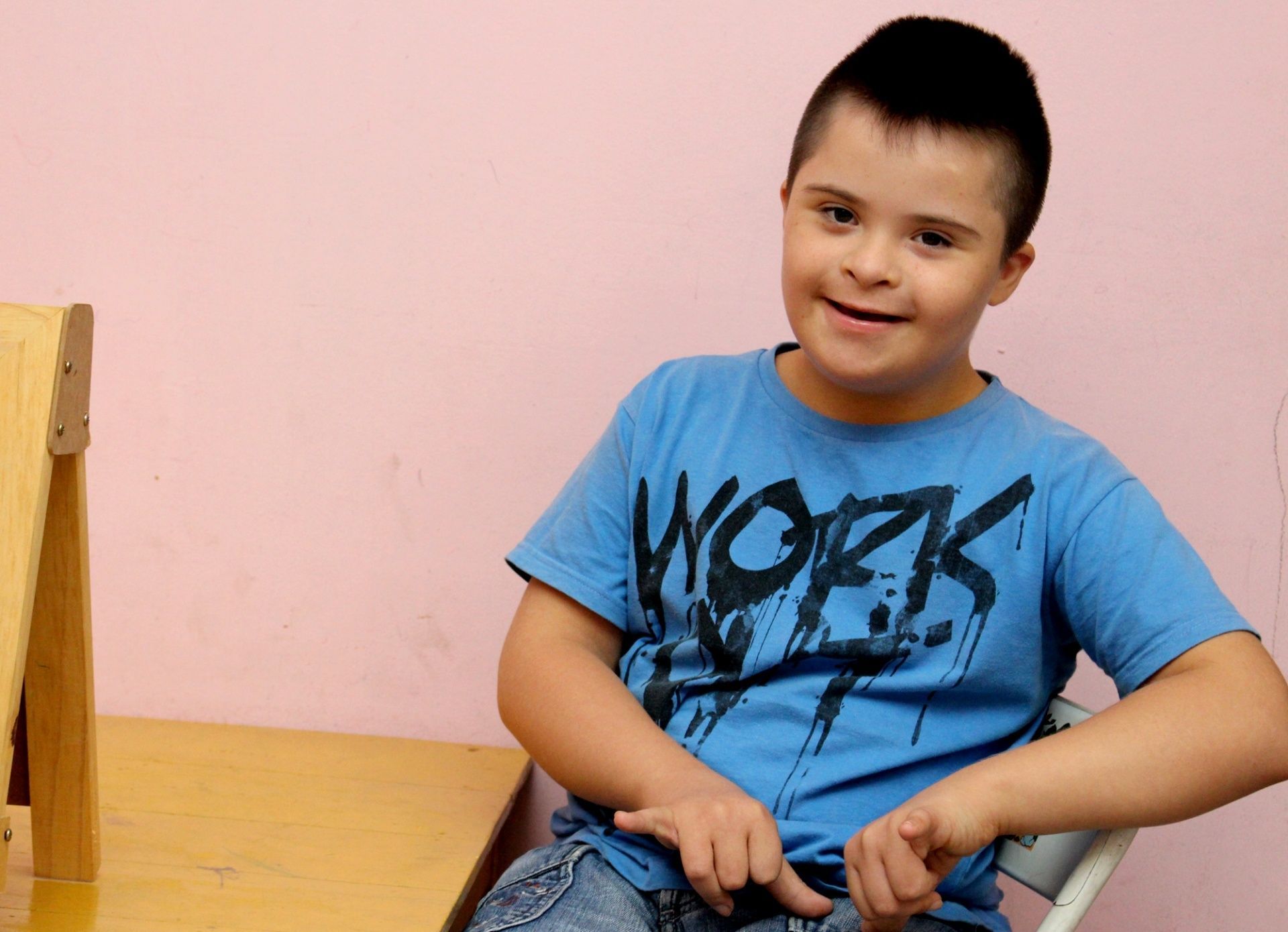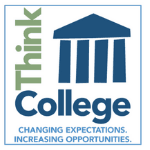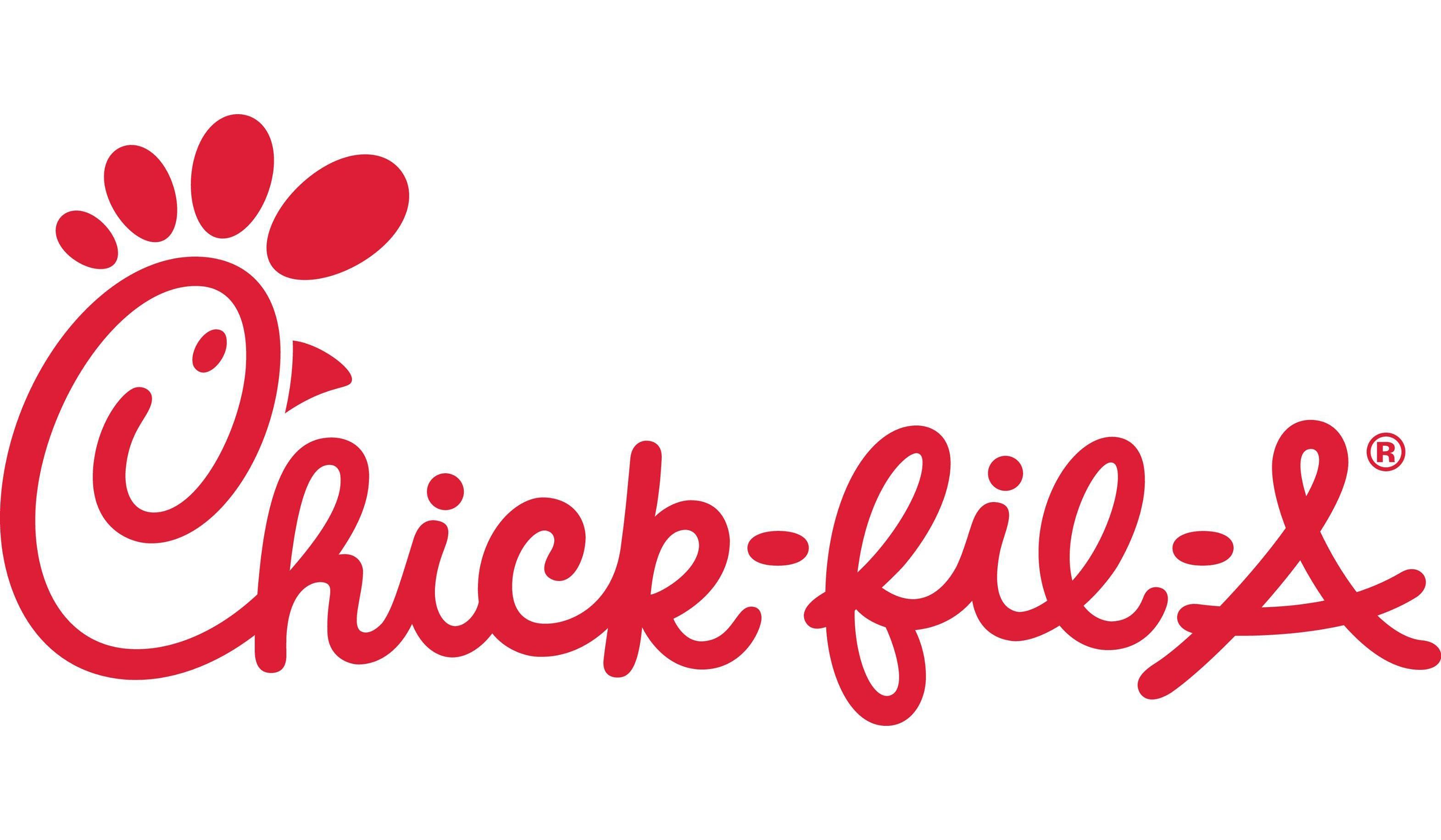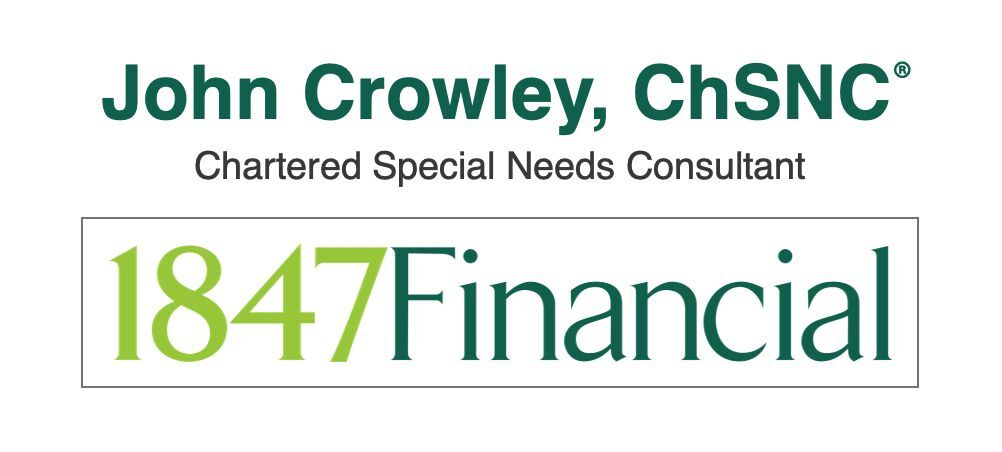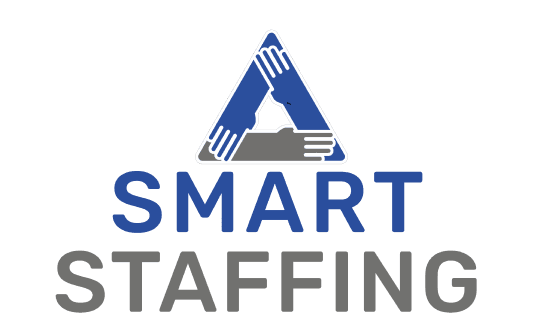Navigating Middle School / High School
Like Payton Johnson from Tropic, Utah, many teens with Down syndrome find joy in their high school years as they participate in student activities.
IEP & Transition Plan
Middle School. Parents, guardians, and the child should start discussing the child’s future as early as 12 years of age. Before the child enters 9th grade (when credits start to count for graduation) the high school graduation options should be discussed and decided upon.
High School. When a child turns 14, the school district must assist the student with a transition plan, which becomes part of the IEP. A well-written transition plan is a roadmap for the child’s future and addresses employability, further training, and independent living skills. The transition plan should be focused on the student's preferences, interests, needs, and strengths (PINS). The transition plan is a legal part of the IEP and must be attached to the IEP.
The Utah State Board of Education's Transition Elevated program provides the following tools to help students, parents, and educators create a tailored transition plan: (1) Transition Elevated website, (2) Transition Elevated App, (3) Padlet (an online notice board) that includes short videos and documents on how to use the Transition Elevated app, and (4) Sample of a transition plan.
Transition Planning Tools
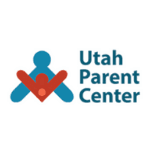
Transition University. The Utah Parent Center's Transition University also instructs parents, students, and educators about the transition to adulthood. Learn more here.
Club Teen 21
UDSF is happy to announce Club Teen 21. UDSF will host monthly activities for teens and young adults ages 12-21 with Down syndrome. Registration for each event is required. Learn more.
Graduating From High School
Graduating from high school with a full diploma is a reality for many teens with Down syndrome. Emily Arthur from Draper, Utah not only graduated from Corner Canyon High School, but she spoke at her high school graduation.
Becoming educated about graduation options is critical to making informed decisions for your child. It is important to note that graduating with a regular high school diploma terminates students' eligibility for public education services. Some agencies will not provide services for your child until they turn 22 regardless of whether they have graduated. The Utah Parent Center's Transition University goes over the graduation options and their website provides more detail. Learn more.
Life After High School
College
If your child is thinking about going onto college, the following national and state resources can help you plan.
National College Resource
Think College is a national organization that suggests IEP goals that help students get ready for college, assistance with applying for college, financial information, and a self-advocacy guide to selecting a college.
State College Resources
Utah State's Aggies Elevated program offers a two-year certificate in Integrated College and Community Studies for young adults with intellectual disabilities. The goal of Aggies Elevated is competitive, integrated employment for graduates.
Utah Valley University's Wolverines Elevated is a three-year certificate program for young adults with intellectual disabilities. Specialized coursework focuses on self-determination, independent living, and career development. Eligible ages 18-25.
Weber State's CATT (Creating Achievement Through Transition) Program identifies motivated college-bound students with disabilities and pairs them with a peer guide to increase their success throughout the transition process.
Pre-Employment Transition Services

Pre-employment transition services (Pre-ETS) help high school students with special needs explore future employment through training in career exploration, workplace readiness, counseling on self-advocacy, and work-based learning. Workforce Services Rehabilitation can assist with pre-employment transition services.
Eligible Students for Pre-ETS: Any student with a disability ages 14 through 22 eligible for receiving services under the IDEA and is enrolled in a secondary or postsecondary educational program.
Services Offered: (1) Vocational Rehabilitation Counselors attend IEP meetings with parents and students, (2) Provide one-on-one counseling and coordination services with students, and (3) a Pre-Employment Transition Services Activity Guide that outlines the activities your child will be doing each year as a freshman through a senior to prepare for employment.
Guardianship Information
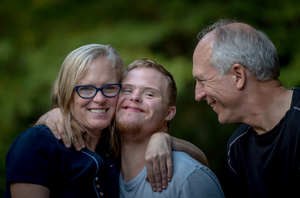
Before your teen with Down syndrome approaches the age of 18, you will want to consider whether or not you will seek guardianship. Guardianship is where a family member asks the court to find that their child with Down syndrome age 18 or older is unable (incompetent) to care for his or her affairs effectively. To learn more about guardianship, please visit the Utah Parent Center's website.
Health Care Info: Ages 13 to 21

The American Academy of Pediatrics (AAP) created the following guidelines for parents to help them with the special health care needs of their child with Down syndrome. This document can be downloaded and shared with your child’s doctor.
Changes in Puberty
As early as middle school, puberty is something that families become aware of in their child with Down syndrome. This can be a confusing time for both the parents and the child. The Utah Parent Center offers a two hour workshop for parents on this subject called, "Healthy Bodies: Maturation Program." This workshop is specifically designed for parents of boys and another workshop is held for parents of girls with disabilities. Contact the Utah Parent Center to find out when and where the next workshop will be held.
Additional Community Resources (Compiled by Utah Parent Center)





